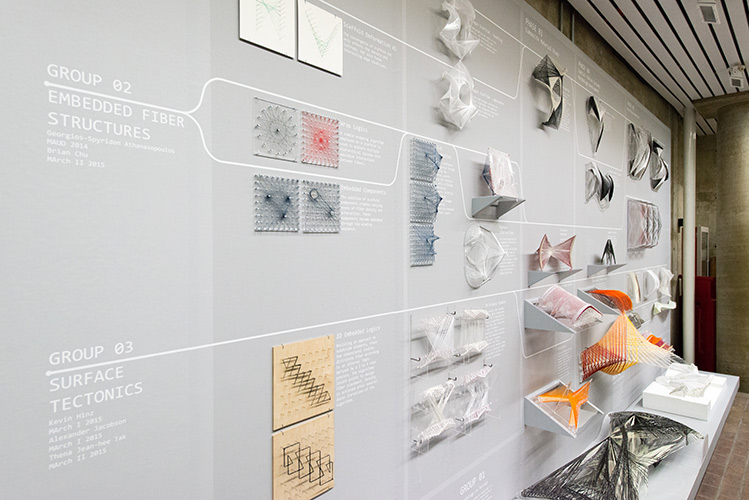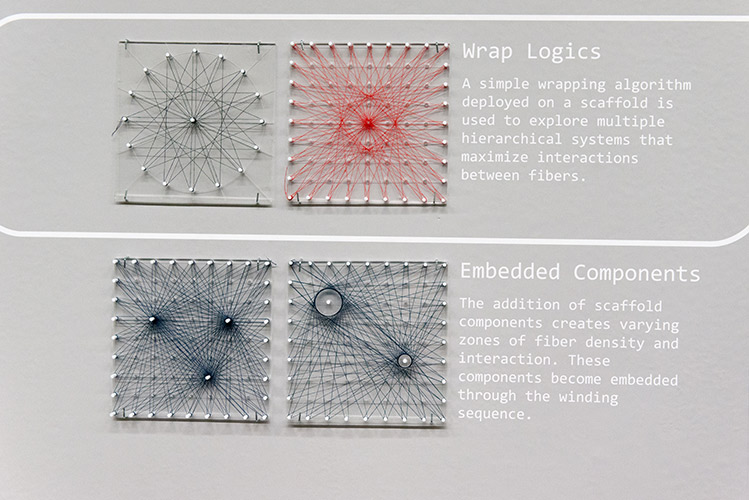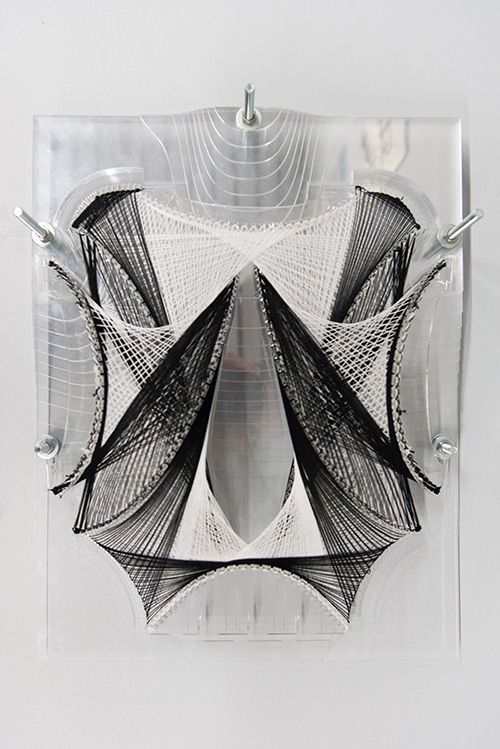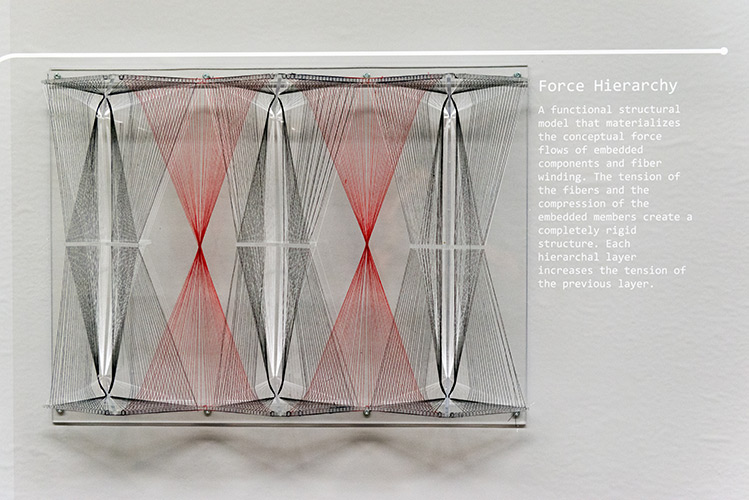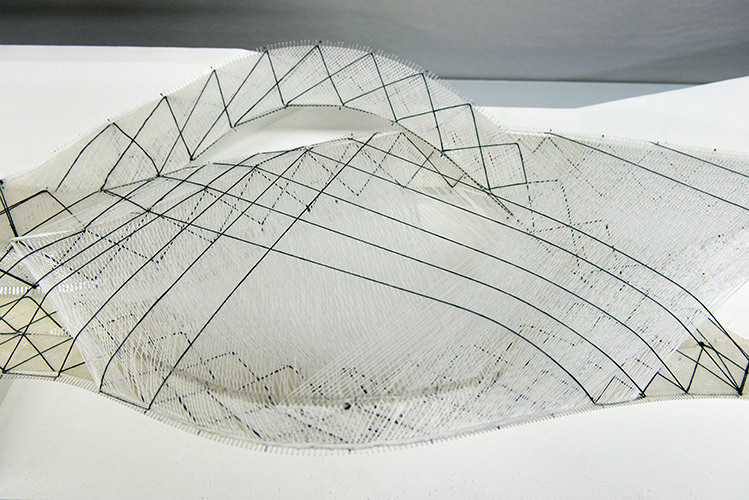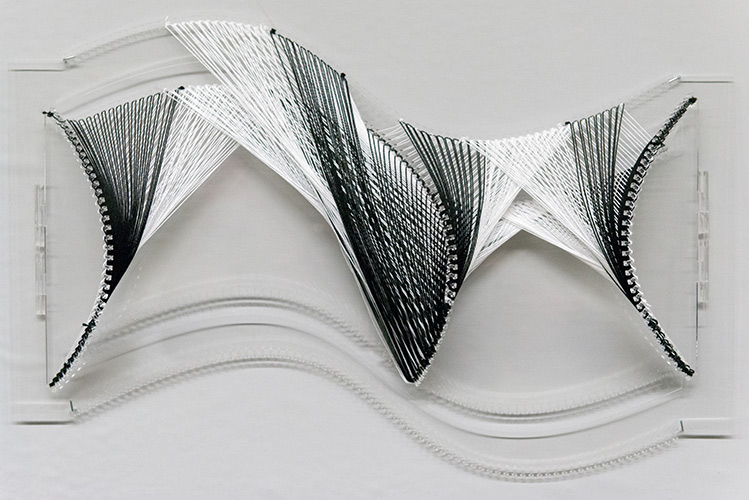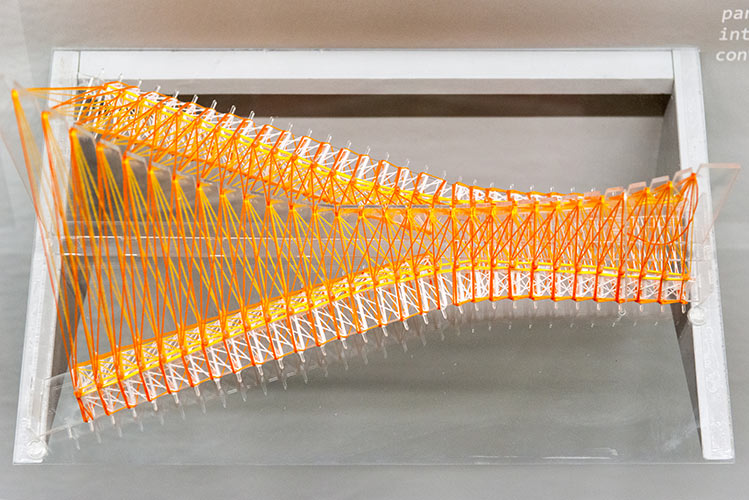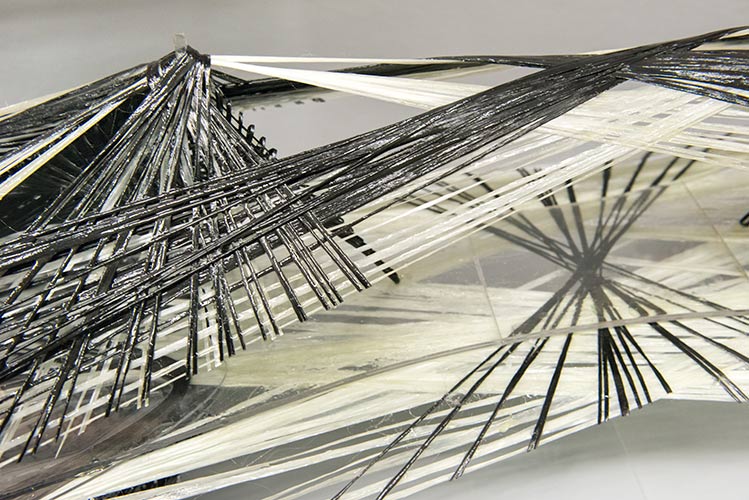Material Performances: Fibrous Tectonics
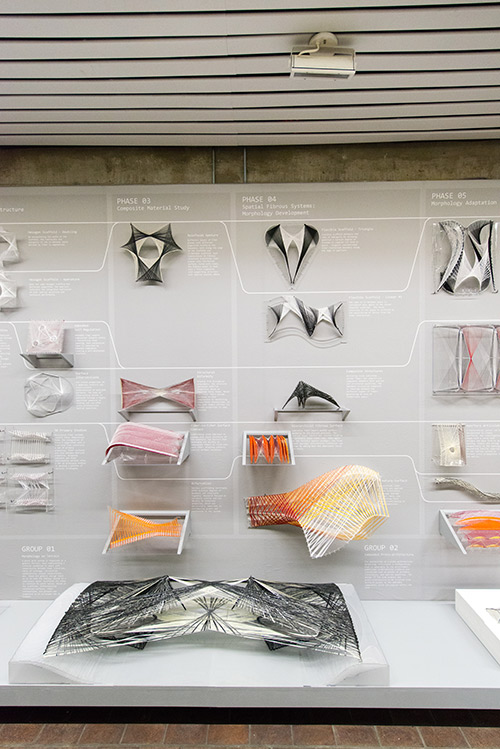
“In one philosophy one thinks of form or design as primarily conceptual or cerebral, something to be generated as a pure thought in isolation from the messy world of matter and energy. Once conceived, a design can be given a physical form by simply imposing it on a material substratum, which is taken to be homogeneous, obedient and receptive to the wishes of the designer. The opposite stance may be represented by a philosophy of design in which materials are not inert receptacles for a cerebral form imposed form the outside, but active participants in the genesis of form. This implies the existence of heterogeneous materials, with variable properties and idiosyncrasies which the designer must respect and make an integral part of the design which, it follows, cannot be routinized.”
Advances in the conception of materiality and the technologies of materialization have always been a catalyst for design innovation in architecture. Today, technological advancements across multiple disciplines suggest a profound transformation of the way the future built environment will be conceived, designed and materialized. As design computation is no longer limited to the binary realm of the digital, it can be perceived as an intense interface to the more complex domain of the physical. A new understanding of the material in architecture is beginning to arise, forging new alliances between the fields of design, engineering and natural sciences, and leading to novel, multidisciplinary and multifaceted material cultures in architecture.
The studio explores the notion of material performance, its manifold and its deep interrelations with technology, biology and culture as a central field of architectural inquiry. It seeks to trace the emergence of new material cultures within the context of the ever accelerating integrative technologies of design computation and robotic fabrication, with a particular focus on advanced fiber composite materials. Students were introduced to a design approach that bridges between the cultural as well as technical dimension of fibrous materials in architecture and the rich repertoire of fibrous material organization in nature. Most biological systems are natural fiber composite structures that unfold an astounding level of performative capacity and material resourcefulness through morphological differentiation, which is the summary process of each element’s response and adaptation to its specific environment.
Based on an understanding of the micro-scale material make-up, meso-scale material system and macro-scale architecture as reciprocal and instrumental relations, students investigated biological and technological fibrous systems, experiment hands-on with robotic fiber lay-up and filament winding processes, and pursue the development of fibrous tectonics in architecture as novel spatial, structural and ecological potentials. They were engaged with a design approach that no longer conceives of material as a passive receptor of shape – as is still emblematic for most current attempts at digital design – but rather as an active generator of form, space and structure that enables the uncovering of novel, performative capacities and hitherto unexplored architectural possibilities.
—Achim Menges, Curator
